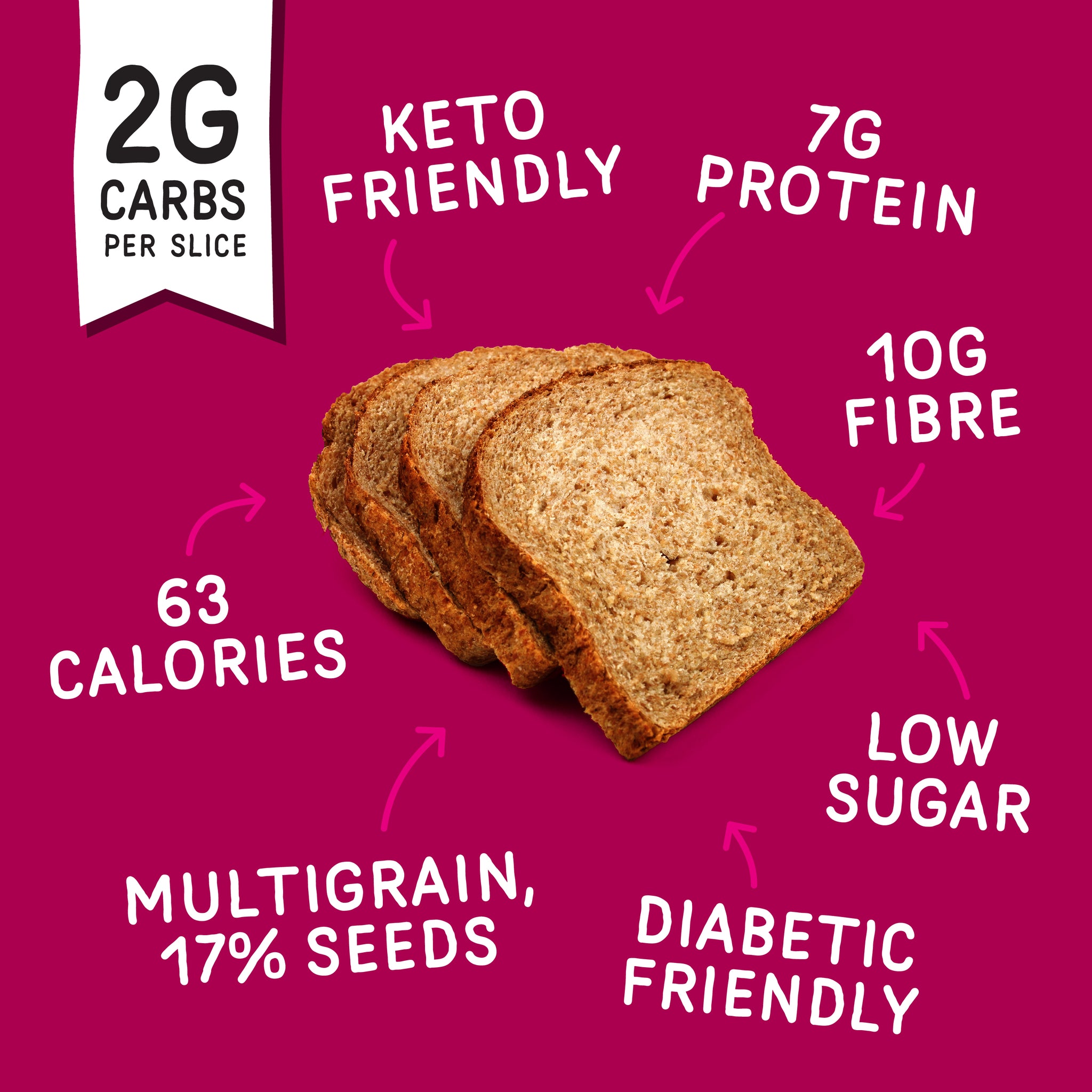The keto diet and bread were believed to be not compatible. The traditional bread is made from refined wheat, which contains a lot of carbohydrates. A single slice of bread can sabotage the ketosis process by raising blood sugar and forcing your body to use glucose instead of fat. A lot of keto-friendly people avoided bread completely, missing out on the convenience and comfort it provided to their daily meals. Today, new developments in baking have altered the story of bread.
What is True Ketogenic Diet Bread?
Ketogenic diet bread isn’t just low in carbs, it’s designed to be. Bakers replace carb-heavy grains like corn, wheat and rice with other components like flaxseed, almonds or coconut meal. They mix them with egg or plant-based protein to create bread that is rich in nutrients, but is almost entirely non-carb. The high amount of protein, usually approximately 7 grams per piece that makes this bread not just keto-friendly but also supports the repair of muscles and regulates appetite.

Image credit: fitbakes.co.uk
Equally important is the seed amount. Keto bread contains up to 17 percent seeds, like flax, sunflower, or Chia. This provides a fibre and omega-3 fatty acids boost. These nutrients aid in improving heart health, digestion, and extend satiety. These keto foodies feel fuller for longer and not hungry. Contrary to other breads with low calories, which frequently compromise on flavor, keto bread is focused on flavor as well as health.
The Role of the Lowest Carb Bread in Blood Sugar Management
The bread with the least carbohydrate content is more potent than a nutritious option. It’s also an instrument to boost metabolic health. It helps stabilize blood sugar by reducing surges and crashes that could cause the feeling of hunger, fatigue and resistance to insulin. For people with diabetes, this bread is not just practical, it’s transformative. It gives you the comfort of bread while maintaining the safe levels of glucose.
Low carb bread fits perfectly in diets that are calorie-conscious. With 63 calories in a slice, it allows people to enjoy hearty sandwiches or morning toast without guilt. For those who are aiming at weight reduction, it’s an ideal way to satisfy hunger while keeping both carb and calorie intake under control.
Keto Bread: An Practical Everyday Solution
Keto-style bread is no more a sign that compromise is being made. It’s an opportunity. Avocado toast on seeded Keto bread is an excellent breakfast option that contains healthy calories, protein, and fiber. Lunches in the workplace can consist of cheese and turkey sandwiches, but without exceeding the limit of carbs. Even meals like garlic bread are feasible if you use low carb loaves.
The wide range of ketogenic bread is among its greatest advantages. It is not merely a sweet treat it’s a staple of a keto lifestyle that’s sustainable. By fitting into all meals of every day, it eases the feeling of insecurity that causes many people to abandon diets.
The Reasons Keto Bread Is the Future of Healthy Eating
Going beyond keto the breads that are being developed are shaping the future of diets that are healthy all over the world. They are high in fiber along with plant-based protein and omega-rich seeds are ingredients that are beneficial to anyone in the world, not just those who are cutting out carbs. Keto bread appeals to people with diabetes, athletes, weight-conscious people, and those who are just looking for a healthier alternative over white bread.
Unlike diet fads that feel only temporary, keto bread is a true evolution in baking. It has long-term health benefits, while also solving the problem of how to enjoy a loaf that isn’t loaded with carbs.
The end of the article is:
The battle between keto diet and bread has ended. Thanks to innovation, ketogenic diet bread delivers the indulgence of a slice without jeopardizing ketosis. Now that ketogenic diet bread is widely available and readily available, people can take advantage of toast, sandwiches and snacks without fearing that they will violate their low carb goals. Bread is more than simply a substitute for carbs. It’s an integral part of modern-day nutrition and also it’s a bridge between comfort food with healthy living.